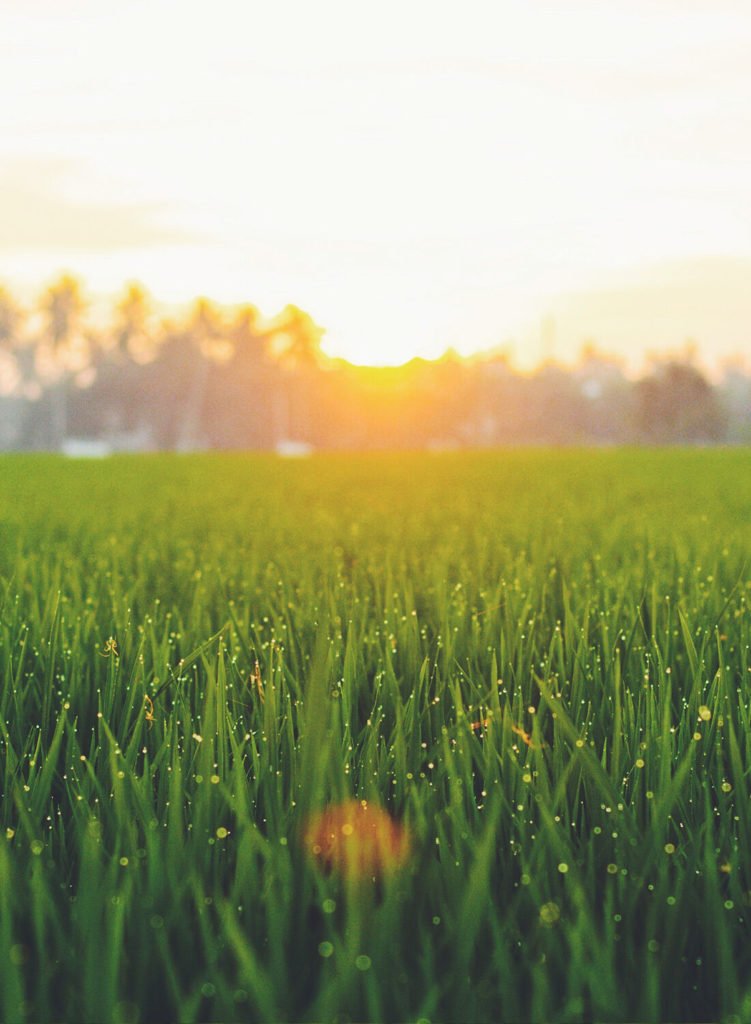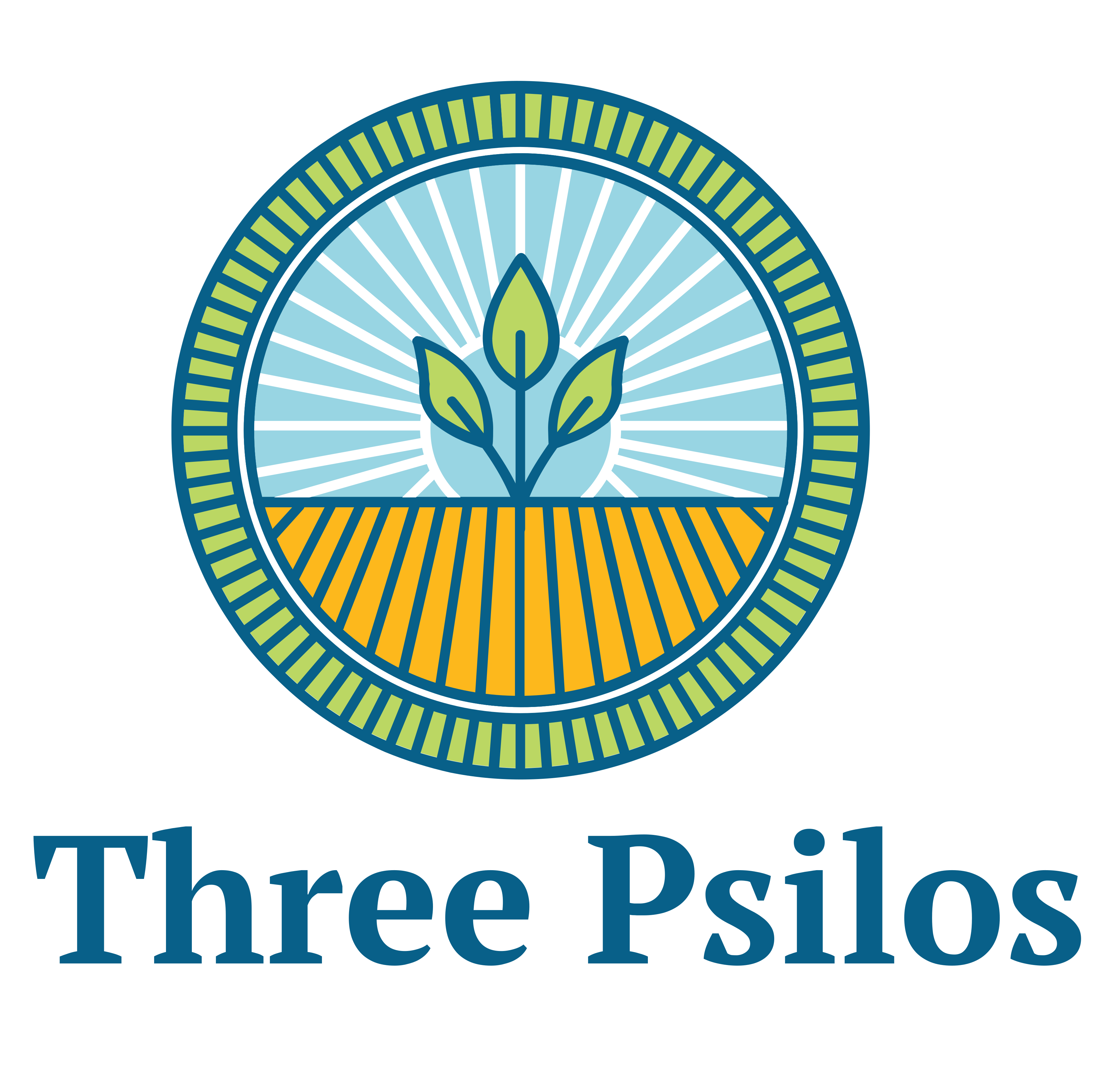When considering the restoration of native ecology on the Lake Wales Ridge in Central Florida, it is important to prioritize the establishment of plant species that are native to the region and play crucial roles in the local ecosystem. Here are some top plant species that could be installed first in a restoration project:
- Saw Palmetto (Serenoa repens): Saw Palmetto is a characteristic plant of the scrub ecosystems in Central Florida, including the Lake Wales Ridge. It is a small, palm-like shrub with fan-shaped leaves and produces berries that are an important food source for various wildlife species. Saw Palmetto also provides cover and nesting sites for birds and reptiles, contributing to the overall biodiversity of the restored ecosystem.
- American Turkey Oak (Quercus laevis): The American Turkey Oak is a native oak species that can be found in the sandy soils of the southeastern United States, including parts of Florida. It is a medium to large-sized deciduous tree that can adapt well to various soil types, including those with sandy composition.
- Sandhill Wiregrass (Aristida stricta): Wiregrass is a dominant and highly adaptable grass species that forms the foundation of the sandhill ecosystem on the Lake Wales Ridge. It helps maintain the open structure of the habitat and supports a diverse array of wildlife. ARISTIDA STRICTA Michaux, Fl. Bor.-Amer. 1: 41. 1803.
- Longleaf Pine (Pinus palustris): Longleaf Pine is a fire-adapted tree species that historically dominated the upland habitats of the Lake Wales Ridge. It provides habitat for various species, including the endangered Florida scrub-jay, and its long needles create a unique microhabitat.
- Scrub Oak (Quercus inopina): Scrub Oak is a small, shrubby oak species that thrives in the nutrient-poor, well-drained soils of the Lake Wales Ridge. It is an important component of the scrub ecosystem and provides food and cover for many wildlife species.
- Sand Live Oak (Quercus geminata): Sand Live Oak is a native oak species that is well-adapted to the sandy soils of the Lake Wales Ridge. It is a medium-sized evergreen tree with a dense canopy that provides shade and shelter for a variety of wildlife. Sand Live Oak plays a crucial role in stabilizing the sandy soils and preventing erosion.
- Florida Rosemary (Ceratiola ericoides): Florida Rosemary is a characteristic shrub of the Florida scrub habitat. It has needle-like leaves and small white flowers, and it plays a vital role in stabilizing the sandy soils and providing habitat for specialized species.
- Wireweed (Sida spp.): Wireweed is a herbaceous plant that is well-adapted to the sandy soils of the ridge. It provides food and cover for various insects and birds.
- Scrub Hickory (Carya floridana): Scrub Hickory is a small, slow-growing tree species that is restricted to the scrub habitats of Central Florida. It provides food in the form of nuts and supports wildlife diversity.
- Scrub Mint (Dicerandra spp.): Scrub Mint is a group of endangered plant species that are endemic to the Lake Wales Ridge. They have small, aromatic leaves and attract specialized pollinators.
It is important to consult with local experts and restoration ecologists, such as Three Psilos, Inc., who have in-depth knowledge of the Lake Wales Ridge ecosystem to develop a comprehensive plant list tailored to the specific site conditions and restoration goals. We can provide guidance on the most suitable plant species and their appropriate placement in the ecological restoration process.

Site Ecology Report for Large Sites (per 100 acres)
Three Psilos, Inc. Site Ecology Reports set the standard for ecological surveys in Central Florida’s xeric uplands.
This Site Ecology Report documents your site’s ecological make-up. You will receive a publication-quality, PDF package including your site’s official ecology report, and access to all Three Psilos, Inc. services for one year.

